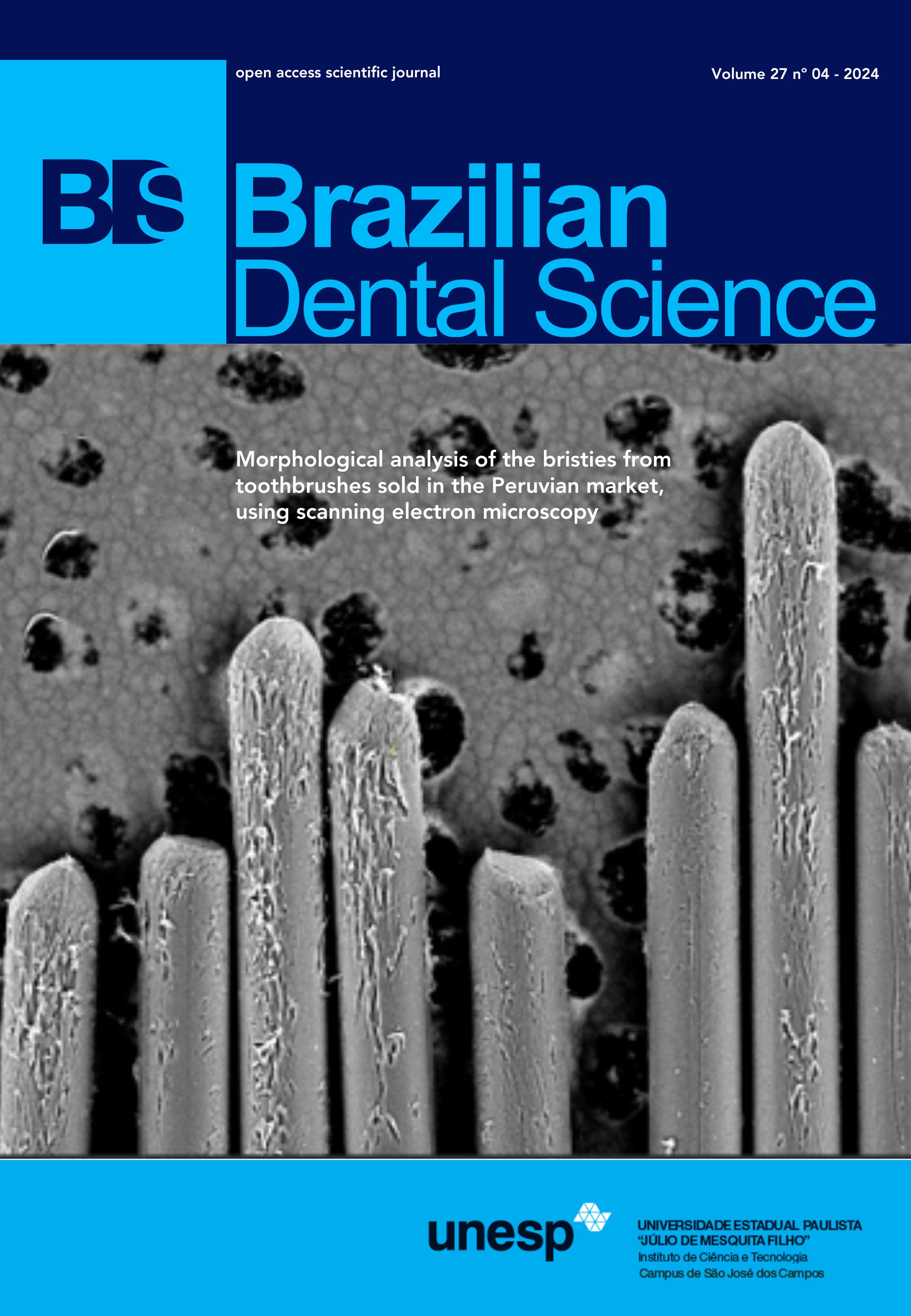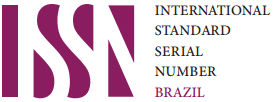Evaluation the effect of glazing and the printing orientations on the surface roughness and the microhardness of DLP dental zirconia: an in vitro study
DOI:
https://doi.org/10.4322/bds.2024.e4564Abstract
Objective: To evaluate the effect of glazing and different printing angulations on the surface roughness and hardness of 3D-printed zirconia specimens. Material and Methods: Forty-two cuboid-shaped specimens (10mm length, 10mm width, 3mm thickness were constructed by ZIPRO printer (AON, South Korea) from a zirconia slurry. Three distinct groups were established for the specimens based on the printing orientation angle (n = 14), Vertical (0°), Horizontal (90°), and Diagonal (45°) orientations to the building direction. The diamond-impregnated system was used to polish all specimens as the manufacturer’s recommendations. Two groupings were subsequently formed from the specimens (n =7): polished groups (VP, HP, and DP), polished and then glazed with the diamond paste groups (VG, HG, and DG). The surface roughness of each specimen was measured using a profilometer, and the microhardness was determined using a Vicker microhardness tester. For assessing the specimens’ surface quality, the scanning electron microscopy apparatus was employed. One-way ANOVA and Tukey’s HSD tests were used in analyzing the study data, which had a significant P-value (p < 0.05). Results: A significant difference was observed between the polishing and glazing groups for surface roughness and microhardness; however, no significant differences were identified in surface roughness between the polished and glazed groups in horizontal and diagonal orientations. Conclusion: Glazing with diamond paste improved the zirconia surface qualitatively and quantitatively. Hardness values were increased in the glazed groups compared to the polished groups in all three building orientations. The optimal building angulation was the vertical orientation.
KEYWORDS
Additive manufacturing; Digital light processing zirconia; Glazed 3D-printed zirconia; Microhardness; Surface roughness.
Downloads
Published
How to Cite
Issue
Section
License
Brazilian Dental Science uses the Creative Commons (CC-BY 4.0) license, thus preserving the integrity of articles in an open access environment. The journal allows the author to retain publishing rights without restrictions.
=================




























